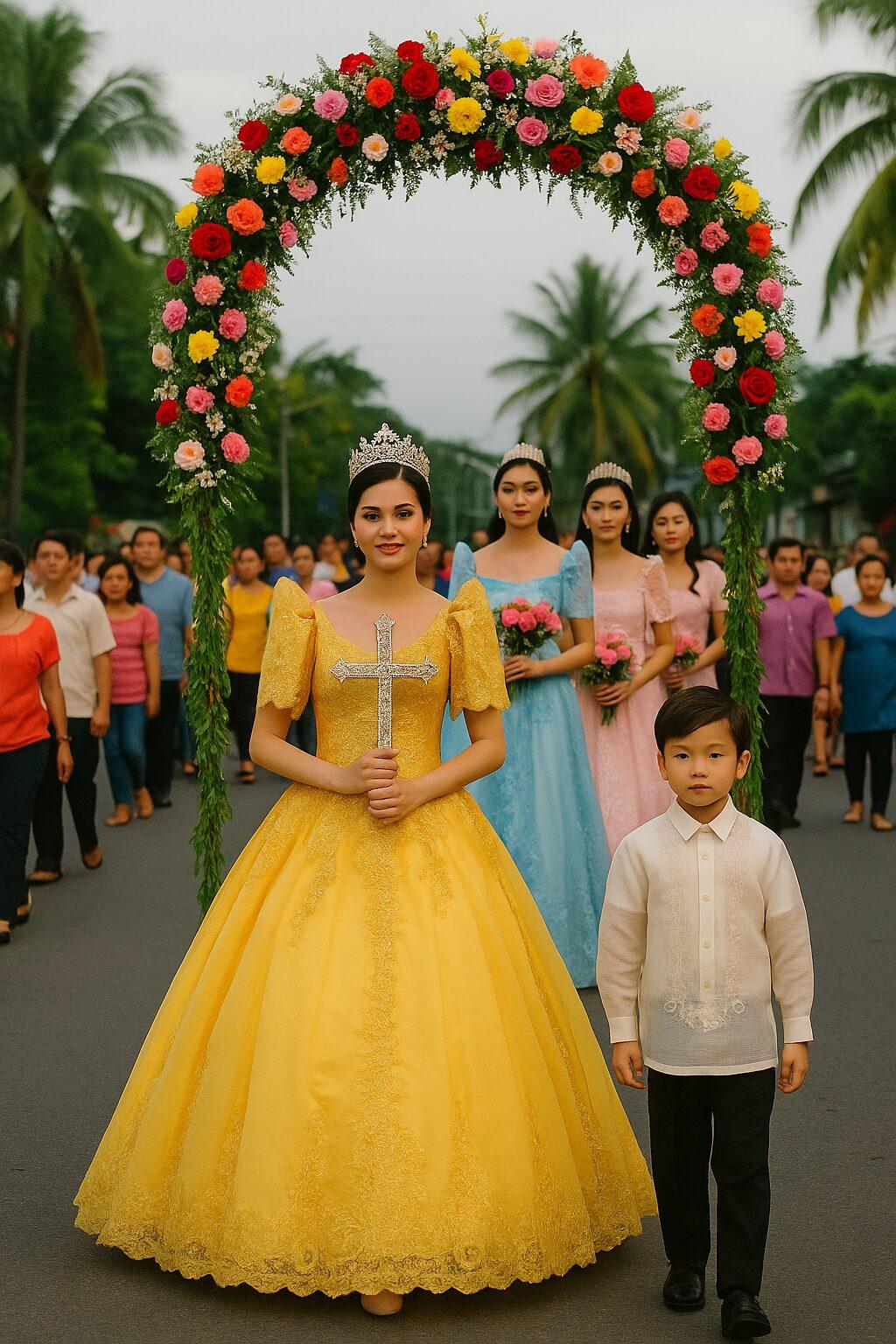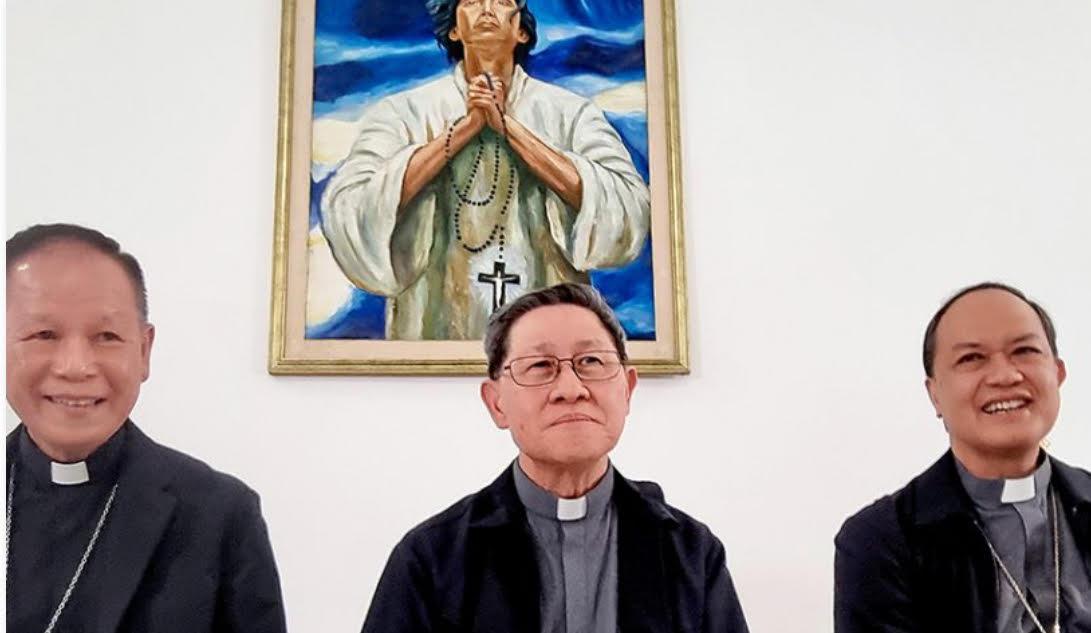FILIPINO comic book artist Alex Niño doesn’t get the credit most of his peers receive.
When you think of the Filipino pioneers that entered the US comic industry in the 1970s, you’d automatically think of Tony DeZuniga (the creator of Jonah Hex), Nestor Redondo (an illustrator for Swamp Thing and Tarzan) or the late Alfredo Alcala (winner of several science fiction awards at the time).
But Niño holds up more than his own to these legendary figures. Niño has illustrated more than 300 stories for comic publishers in the Philippines before migrating in the 1970s to the US, to work for DC and Marvel, the two biggest US comic publishing firms.
At DC, he co-created DC hero Captain Fear, a hero that is making a revival for the publisher in 2011. At Marvel, he illustrated Conan and Hulk, among others. Later in life, Niño worked in animation for Marvel Productions, Fox TV, Hannah-Barbera, SD Entertainment, and Walt Disney on feature films such as Mulan, Atlantis, Treasure Planet, and Emperor’s New Groove.
When you ask Niño, a 71-year-old still working today, if he’s surprised by everything he’s accomplished, he’d say a resounding YES.
“Never in my mind [did I] ever think [that] I would be where I am now,” said Niño to the Asian Journal at the San Diego Comic Convention, where he was signing and drawing stills for fans.
“At the time, I just wanted to draw and to survive,” he recounted.
Born in Tarlac, Philippines, Niño was an ambitious kid, despite being born during the WW II era.
Niño knew by the age of six that he wanted to be an artist.
“Unlike other kids, whose parents could afford to give them pencil, paper and crayons, Niño drew with a small stick in the sand, underneath his parent’s bamboo shack. He drew stick figures constantly, until it got so dark that he couldn’t see anymore,” according to his biography by Auad Publishing.
His love for drawing was further fueled, when he worked as a newspaper boy — delivering newspapers to nearby neighborhoods.
“There he was, exposed to the work of popular strip artists at the time, including Hal Foster and Milton Caniff, and the work of Nestor Redondo, Francisco Coching, Alfredo Alcala from the comics,” said colleague and Filipino comic historian Gerry Alanguilan.
Niño, however, did not seriously pursue art until later.
While studying medicine at the University of Manila, he dropped out after his freshman year to become a comic book artist.
Niño learned the term “starving artist” very quickly, because his artistic style was not appreciated by many editors in the Philippines.
Niño found himself having to conform to the standards and styles of the publication and when he would submit his own work (a mix of sci-fi and fantasy), it would just go “over the heads of the editors,” said Alanguilan.
Niño would eventually get his break. In 1965, Niño received a commission project from the late Clodualdo del Mundo, a very popular writer at that time, to illustrate the novel Kilabot ng Persia for Pilipino Komiks.
More novels and commissions followed suit and soon, he was off to the US.
Philippine invasion
In the late 1960s, Tony DeZuniga, then a popular and respected DC artist, told his editor Joe Orlando, the abundance of talent in the tiny island where he was from.
The Philippines was a gold mine of artistic talent, said DeZuniga. And the artists also, came in the cheap.
This is when the first wave of Filipino artist began to transform the US comic industry. Among those recruited by Orlando and then editor Carmine Infantino was Nestor Redondo, Alfredo Alcala, Mar Amongo, Ernie Chan, Gerry Talaoc and Alex Niño.
Niño became a staple in DC and Marvel comics (it was fairly common at the time for artist to jump from one publishing company to another despite being rival companies).
Niño, though specializing in horror and supernatural comics, illustrated some of the most popular comics at that time including Tarzan, Conan and Hulk.
In 1976, Niño received the Inkpot Award, given to top artists annually.
In the 1980s, he began to work for animation companies like Marvel Productions, TMS, Hanna-Barbera Studios and Sega for their video games. In the 1990s, he moved to Disney where his illustrations could be seen in Disney’s animated movies Mulan, The Emperor’s New Groove, Atlantis, and Treasure Island.
Niño, retired for a bit, but is still a mainstay at every San Diego Comic Book Convention. He continues to work and fans still admire his artistic vision.
Niño said this past SDCC might have been the best because it was the first time convention officials recognized the contributions of Filipino artists like himself in a panel called “The Philippine Invasion.”
“Being recognized as a whole as Filipinos could be a confidence builder for the younger generation, those who have a lot of potential,” said Niño. “And if this [panel] could push Filipinos to do their best, they have that opportunity to be recognized. Filipinos are hard workers.”
Niño’s advice to the younger generation of Filipino artists: “Continue to do hard work and never forget you’re a Filipino. I know there’s a lot of talent there [in the Philippines] and it’s up to you. All of you guys are the future and will soon replace us.”
(www.asianjournal.com)
(LA Weekend Sept 24-27, 2011 Sec A pg.10)





